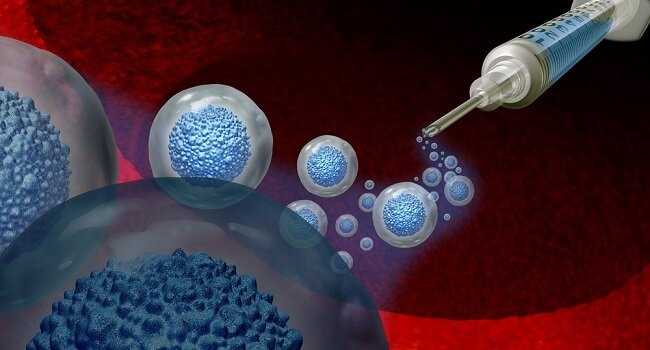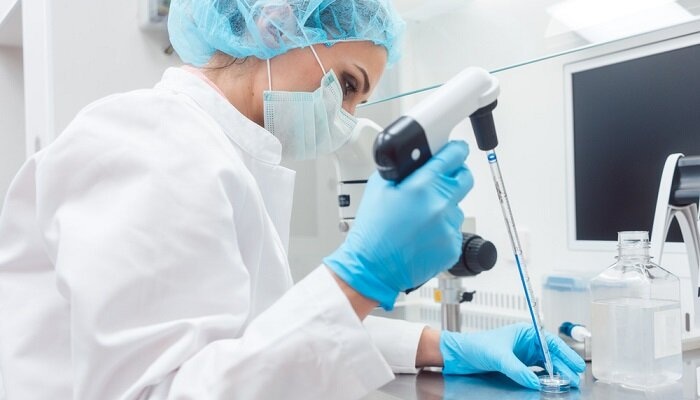Regenerative medicine involves the research and science of replacing or regenerating human cells. With the advancement of technology, it’s now possible to replace or regenerate human tissues and organs to help patients with chronic, debilitating, and life-threatening conditions. A critical aspect of regenerative medicine is the role that adipose stem cells play in the success of restoring the normal function of a tissue or organ.
What Are Adipose Stem Cells?
Mesenchymal stem cells (MSCs) were first discovered in the bone marrow but are now available in every body tissue. Adipose stem cells are MSCs that can renew themselves and turn into different cells, such as the following:
- Fat cells (adipocytes)
- Muscle cells (myocytes)
- Bone cells (osteoblasts)
- Cartilage cells (chondrocytes)
- Nerve cells (neurocytes)
Adipose stem cells are popular in regenerative medicine because of their self-renewal and differentiation capabilities. Self-renewal means the stem cell’s ability to divide itself and produce more cells of the same type. On the other hand, differentiation means the ability of stem cells to change and become different mature cells.
Role Of Adipose Stem Cells In Regenerative Medicine
Multipotential differentiation and self-renewal capabilities of adipose stem cells play a big role in regenerative medicine, which is further explained below.
-
Accelerate Stem Cell Production
Adipose-derived stem cells (ASCs) are easy to harvest in larger quantities, accelerating stem cell production. Unlike other MSCs, such as embryonic stem cells from embryonic tissue, somatic cells, and adult-harvested bone marrow stem cells, ASCs provide the most promising contribution to stem cell production.
A common ASCs source is the subcutaneous adipose tissue, abundantly found in the arm, thigh, and abdomen. Because ASCs are found in different parts of the human body, scientists can harvest stem cells in higher quantities for tissue engineering and cell therapy.
It’s not surprising that many medical manufacturers harvest ASCs to supply the market’s high demand for stem cells used in regenerative medicine. An adipose stem cell can be obtained commercially as exosomes powered by turbulence technology.
Certified manufacturers produce exosomes at large scale and are shipped in dry ice. Furthermore, commercial exosomes must be stored at -80°C.
-
Promote High Stem Cell therapy Success Rate
Many people hope for the promising benefits of regenerative medicine, especially stem cell therapies using adipose cells for those who suffer injuries and diseases. Growth factors and cytokines regulate stem cells as they do in immune cells. Hence, scientists investigate the potential use of hematopoietic stem cell therapy growth factors or cytokines for producing different stem cells.
Cytokines regulate the hematopoietic stem cell mechanisms. Examples of these cytokine mechanisms include self-renewal and differentiation, requiring several growth factors relevant to the success of stem cell therapy.

Adipose stem cells are now widely used in stem cell therapies because of the impressive results in replacing or regenerating diseased cells and tissues. The success rates of using adipose cells in degenerative diseases are high.
Adipose-derived stem cell therapy used in treating multiple sclerosis has a success rate of 73 percent, according to The Regenerative Stem Cell Institute. Aside from multiple sclerosis, ADSC therapy has a 55 percent success rate for stroke, 64.8 percent for Parkinson’s Disease, 64.3 percent for muscular dystrophy, and 77.4 percent for cerebral palsy.
Researchers have ongoing studies to further increase the success rates of using adipose cells for a wide array of injuries and diseases.
-
Used For Advanced Therapeutic Applications
Adipose stem cells secrete large amounts of cytokines, specific growth factors, and related hormones for advanced therapeutic regenerative applications relying on controlled drug release. In that way, scientists can harness the mechanisms of stem cell paracrine factors for tissue regeneration.
Because ADSCs can differentiate a stem cell type required for a specific regenerative treatment, many patients can benefit from ADSC therapy. ADSC therapy can treat disease conditions, including osteoporosis, coronary disease, amyotrophic lateral sclerosis, Crohn’s disease, and osteogenesis imperfecta.
In addition, studies are ongoing for stem cell therapy to improve cancer immunotherapy. The National Library of Medicine explains that engineering stem cells express different immune cells against tumor-associated antigens and demonstrate positive outcomes for treating hematologic malignancies and solid tumors. It also provides the healthcare sector with ‘off-the-shelf’ cellular products, eliminating the need to use patient-specific products derived from the same patient (autologous cell therapy).
Conclusion
Adipose stem cells are essential in regenerative medicine. Because adipose stem cells are adult-derived cells, they’re easy to harvest and use in regenerating cells to help patients with chronic, degenerative conditions. The success rates of stem cell therapy using adipose cells are high, making them a highly preferred option by many patients and doctors.


















